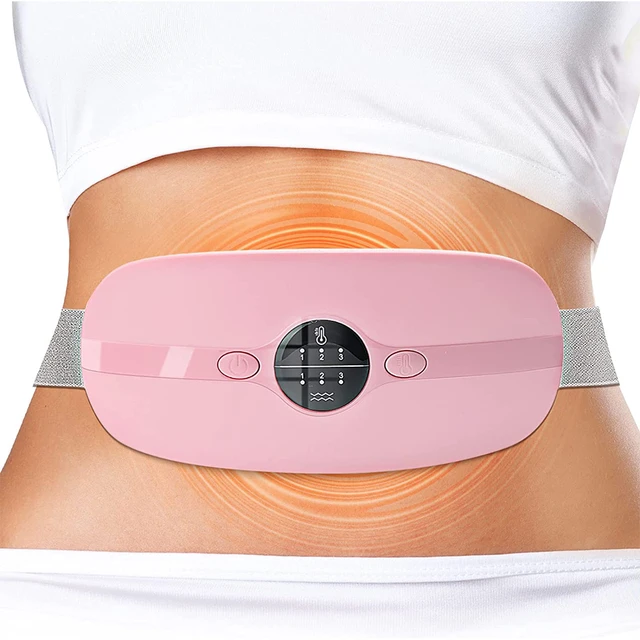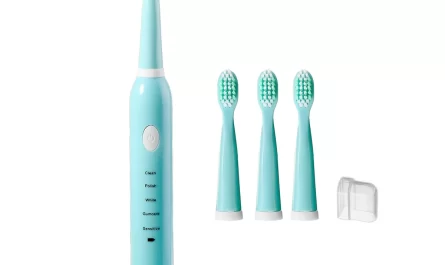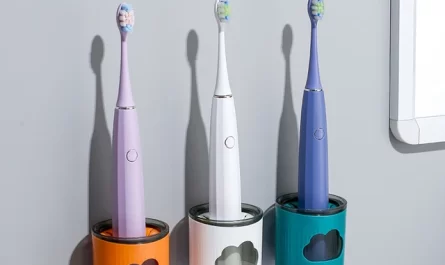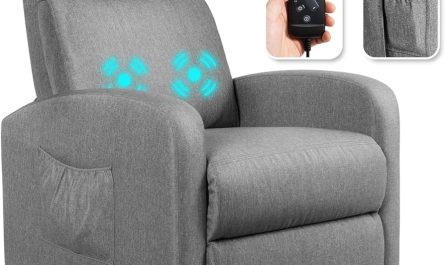Introduction: Understanding Optimal Placement for Maximum Relief
Placing a heating pad in the correct position is vital to effectively target cramp-related discomfort. Proper placement ensures that the heat therapy reaches the affected muscles and promotes optimal pain relief. In this article, we explore the ideal positions for placing a heating pad when targeting cramps, providing specific guidance to help you find the most effective placement for maximum relief.
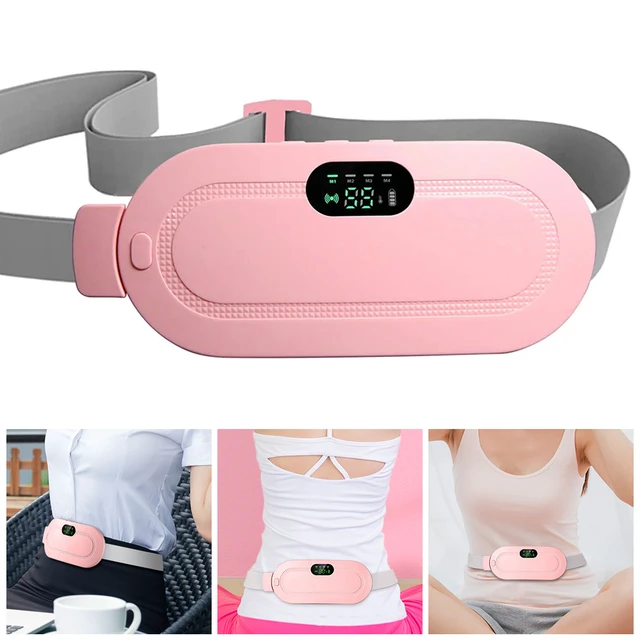
Targeted Relief: Placement of a Heating Pad for Cramps
-
Lower Abdomen: Directly on the Cramp-Affected Area
For individuals experiencing menstrual cramps or lower abdominal cramps, the lower abdomen is the primary area where the heating pad should be placed. Center the heating pad directly over the cramp-affected area of the lower abdomen. Ensure that the heating pad covers the entire region experiencing discomfort. By applying heat directly to the cramp site, you can help relax the muscles, reduce pain, and promote blood flow to alleviate cramp-related discomfort effectively.
-
Lower Back: Alleviating Back and Menstrual Cramps
When experiencing cramps that radiate to the lower back, or in cases of menstrual cramps that are accompanied by lower back discomfort, placing the heating pad on the lower back can provide significant relief. Ideally, center the heating pad on the lower back, covering the area where you feel cramping or tension. The heat will penetrate the muscles, releasing tension and promoting relaxation, providing relief for both lower abdominal and lower back cramps.
-
Hips and Pelvis: Targeting Pelvic Cramps
For individuals experiencing cramps in the hip or pelvic region, positioning the heating pad on the affected area can offer relief. Place the heating pad over the hips or pelvis, ensuring that it covers the specific site of discomfort. The heat will penetrate the muscles and tissues, helping to relax and alleviate cramp-related pain. Proper placement on the hips or pelvis can effectively target these specific cramp areas for maximum relief.
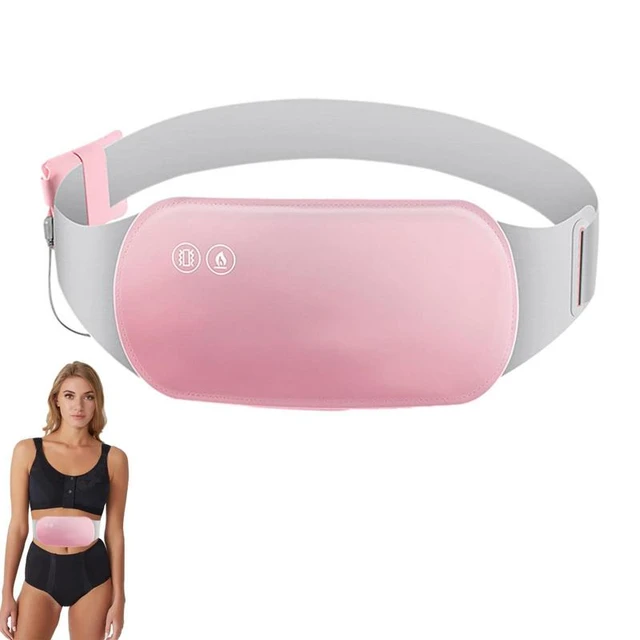
-
Thighs and Legs: Addressing Leg and Muscle Cramps
In cases where cramps occur in the thighs or legs, placing the heating pad directly on the affected area can provide relief. Position the heating pad over the cramp site on the thighs or legs, ensuring that the heat is evenly distributed. The targeted heat therapy will help relax the muscles, improving blood circulation and reducing muscle tension, which can alleviate leg cramps effectively.
-
Neck and Shoulders: Easing Tension-Related Cramps
In some instances, cramps can occur in the neck and shoulder region due to tension or muscle strain. Positioning the heating pad on the neck and shoulders can provide soothing relief for these cramps. Place the heating pad around the neck or lay it across both shoulders, targeting the areas where you feel tension or discomfort. The heat will penetrate the muscle tissues, promoting relaxation and reducing cramp-related pain in the neck and shoulder areas.
Considerations for Safety and Comfort:
- Temperature Control: Set the heating pad to a comfortable temperature that provides relief without causing discomfort or increasing the risk of burns. Adjust the temperature according to your individual preference and comfort level.
- Cloth Barrier: To protect your skin from direct heat contact, you can place a thin cloth or towel between the heating pad and your body. This barrier allows heat to pass through while providing a layer of insulation to prevent excessive heating or potential skin irritation.
- Moist Heat: Some heating pads offer the option of adding moist heat to the therapeutic warmth. Moist heat can enhance the effectiveness of heat therapy by penetrating the muscles more deeply. Consider using a heating pad with a moisture option if you find that it offers additional relief.
- Duration and Frequency: As discussed in previous sections, it is important to adhere to recommended guidelines regarding usage duration and frequency. Limit each heating pad session to a maximum of 20-30 minutes and allow your body to rest between sessions.
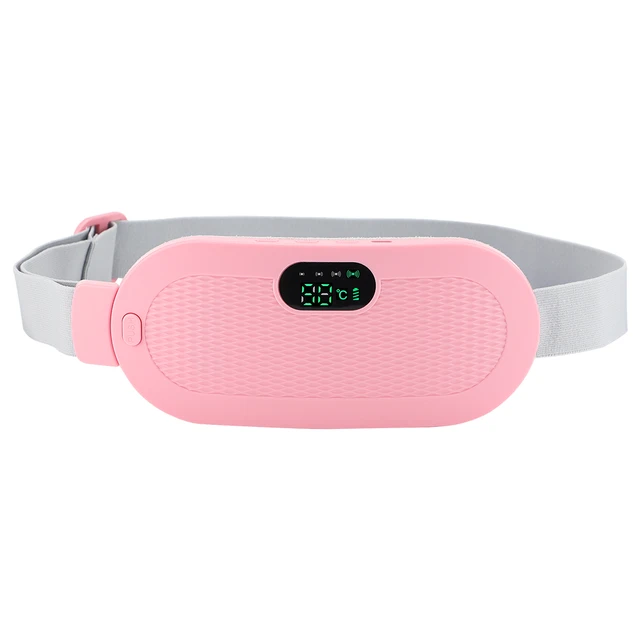
Factors to Consider: Individual Sensitivity and Comfort
In addition to the suggested placement areas discussed above, it is important to consider individual sensitivity and comfort when using a heating pad for cramps. Everyone’s body reacts differently to heat, and what works for one person may not work as well for another. Therefore, it is essential to listen to your body’s feedback and adjust the placement accordingly. Here are a few factors to consider:
Heat Tolerance:
Some individuals may have higher heat tolerance levels than others. If you find that the heat from the pad is too intense, consider layering a thin cloth or towel between your skin and the heating pad to reduce the intensity. Alternatively, you can lower the temperature setting on the heating pad to a more comfortable level.
Area of Greatest Discomfort:
While there are recommended placement areas, you may find that your cramps are predominantly felt in a specific region within the suggested areas. In such cases, adjust the heating pad to concentrate on the area of greatest discomfort. Experiment with different positions until you find the spot that provides the most relief.
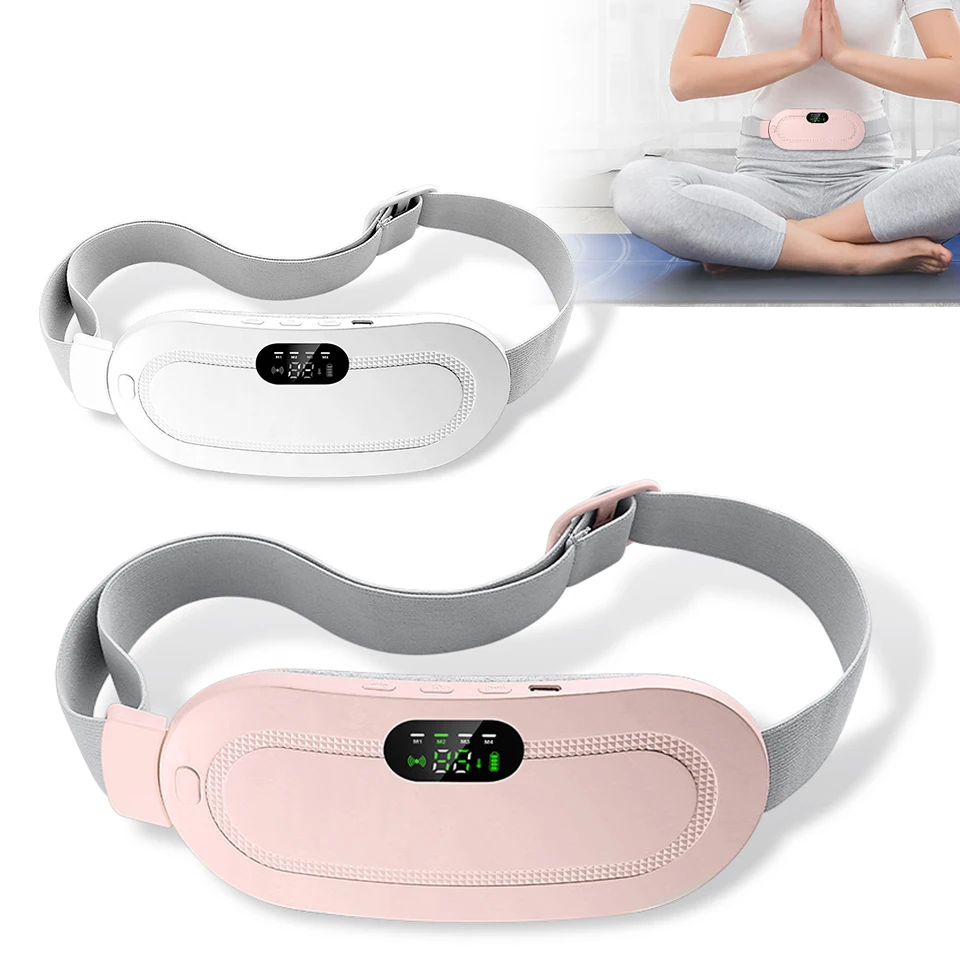
Personal Preferences:
Everyone has unique preferences regarding temperature and sensation. Some individuals may prefer a higher heat setting, while others find a lower heat setting more soothing. Additionally, certain people may enjoy the feeling of the heating pad directly on their skin, while others prefer to use a cloth barrier. Respect your personal preferences and adjust the placement and other variables according to what feels most comfortable for you.
Safety First:
While it’s important to find a comfortable position for the heating pad, safety should always be a priority. Avoid placing the heating pad on sensitive areas, such as bony prominences or areas with little muscle padding. These areas are more prone to burns or discomfort. Additionally, never leave the heating pad unattended, especially if it is turned on, to prevent the risk of accidental injury.
Consulting a Healthcare Professional: Individualized Guidance
If you have any concerns about using a heating pad for cramps or require personalized advice, it is always a good idea to consult with a healthcare professional. They can provide insight into potential underlying conditions that may be contributing to your cramps and offer individualized guidance on the most effective placement and usage of a heating pad for your specific needs.
Creative Solutions: Customizing Placement to Suit Your Body
In addition to the suggested placement areas, individuals may find creative solutions for using a heating pad that better suit their body and provide targeted relief.
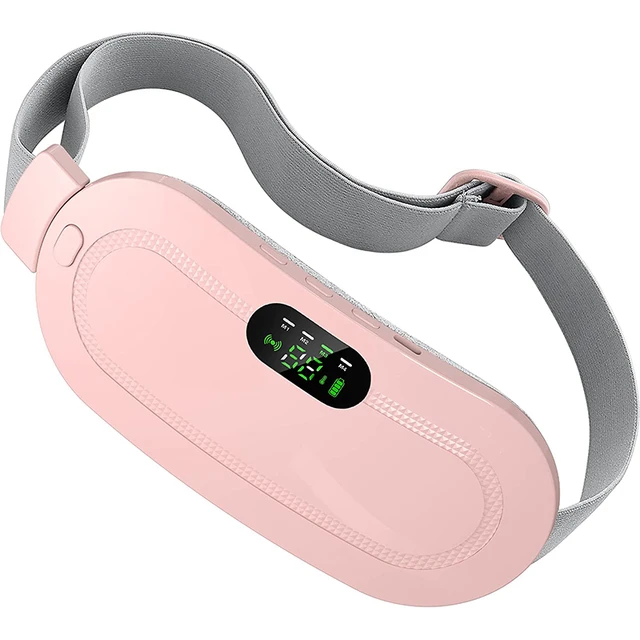
Conclusion: Effective Placement for Targeted Relief
Proper placement of a heating pad is essential for effectively targeting cramp-related discomfort and promoting maximum relief.

